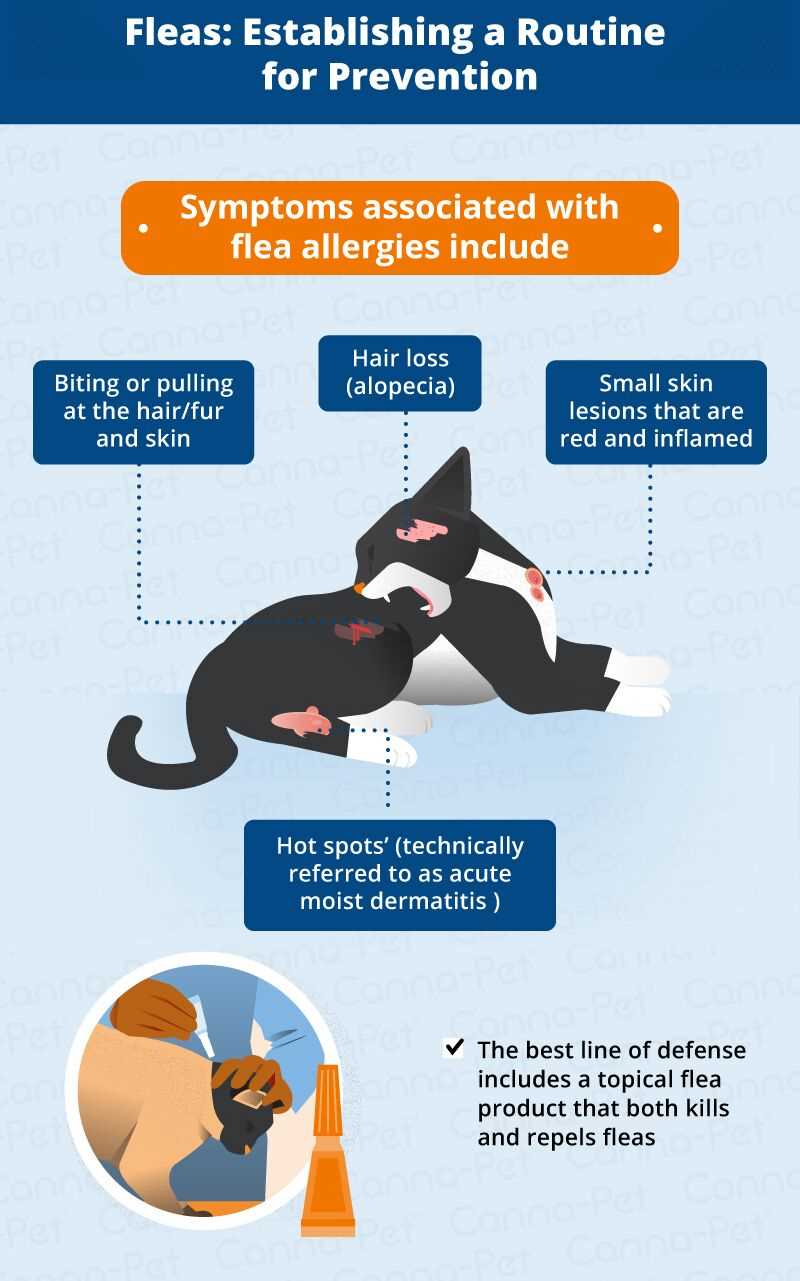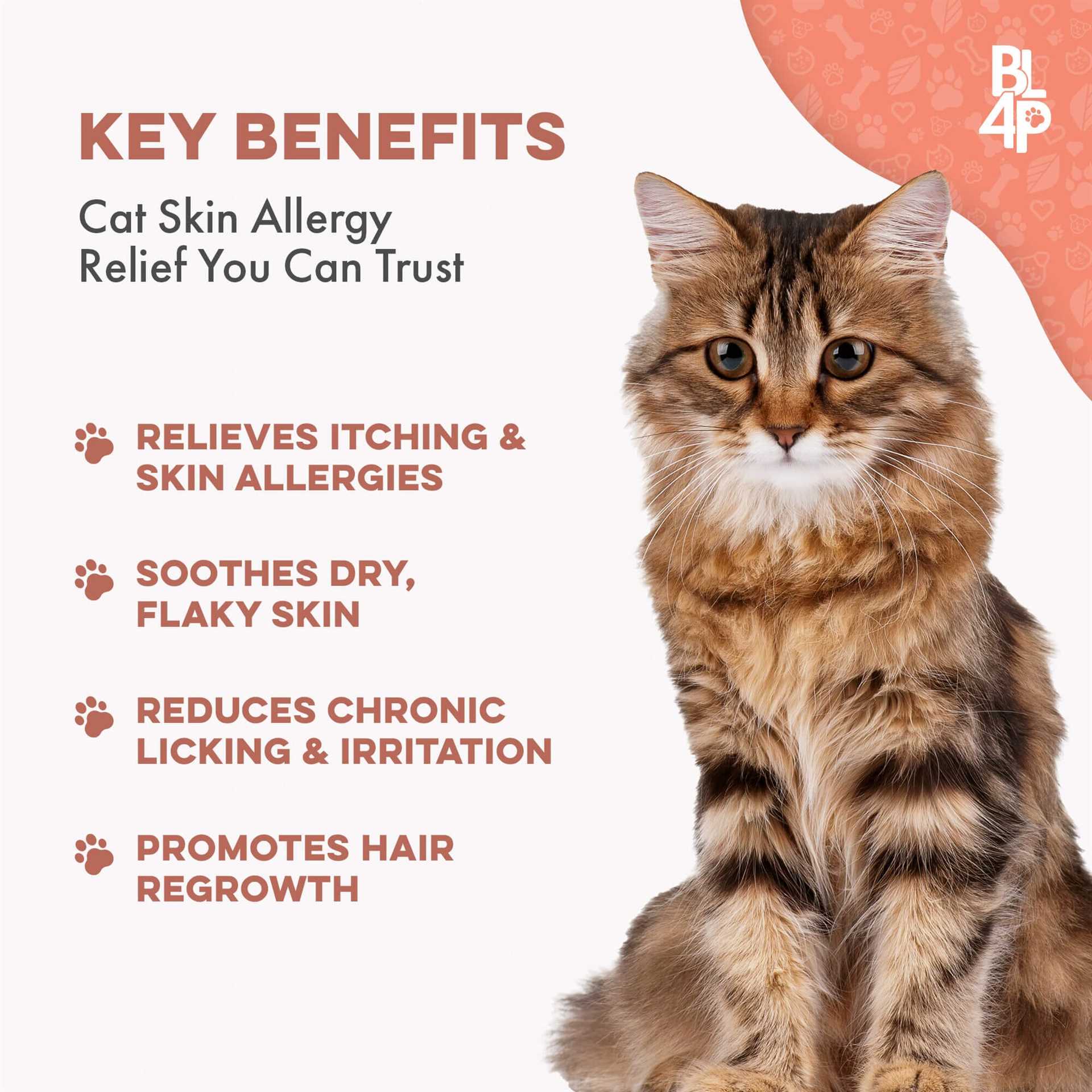If you notice redness or itching, immediate action is crucial. First, ensure my environment is clean and free from irritants. Regularly changing the bedding and vacuuming the living space can significantly reduce allergens.
Next, consider my diet. Switching to a high-quality, hypoallergenic food can make a big difference. Pay attention to any potential food sensitivities; introducing new treats slowly will help identify any culprits.
For localized discomfort, a soothing ointment made from natural ingredients like aloe vera can provide relief. Always check with a vet before applying anything, just to be safe. Regular grooming also helps, as it removes dead fur and skin, promoting healthy growth.
Finally, keep an eye on my behavior. If I’m excessively scratching or licking, it might be a sign of stress or discomfort. Providing a calm environment with plenty of cozy spots to relax can help ease my mind.
Effective Remedies for Skin Irritations

Applying coconut oil directly to affected areas can provide immediate relief. Its natural anti-inflammatory properties help soothe discomfort and promote healing. Use a small amount and gently massage it into the skin.
A mixture of oatmeal and water creates a soothing paste that can be applied to irritated spots. After letting it sit for about 10-15 minutes, rinse it off with lukewarm water. This method helps to alleviate itching and inflammation.
Home Remedies Overview
| Remedy | Usage | Benefits |
|---|---|---|
| Coconut Oil | Apply directly | Reduces inflammation, moisturizes |
| Oatmeal Paste | Apply for 10-15 mins | Soothes itching, calms skin |
| Aloe Vera Gel | Apply as needed | Heals skin, hydrates |
| Chamomile Tea | Cool compress | Reduces irritation, calming |
Regular grooming helps to remove allergens and dead skin, which can worsen irritation. Use a soft brush and focus on areas where the skin appears dry or flaky.
Monitoring diet is essential; consider switching to hypoallergenic food if you suspect food allergies are the cause of discomfort. Look for options with limited ingredients to identify potential triggers.
Identifying Symptoms of Feline Skin Irritation
Recognizing signs of skin issues is crucial for prompt care. Watch for the following indicators:
- Itching and Scratching: Frequent scratching or biting at the skin is a primary symptom. If I can’t stop, something’s wrong!
- Redness and Inflammation: Look for areas that appear swollen or discolored. The skin may also feel warm to the touch.
- Hair Loss: Patches of fur loss can occur, often in areas where I itch the most. This is a clear sign that something needs attention.
- Flaky or Scaly Skin: Dry, flaky spots or scabs are telltale signs of irritation. You might notice these during grooming sessions.
Behavioral Changes
Changes in behavior can also indicate discomfort:
- Restlessness: I may seem more fidgety or unable to relax if my skin is bothering me.
- Hiding: If I’m avoiding my usual spots or interactions, it might be because I’m feeling unwell.
Early identification of these symptoms helps in managing discomfort effectively. Keeping a close eye on my habits can make a significant difference in my well-being.
Common Causes of Skin Irritation in Felines
Fleas are a major culprit behind skin issues. These tiny pests can cause significant discomfort, leading to scratching and secondary infections. Regularly inspecting for fleas and using preventive measures can help keep them at bay.
Allergic reactions often arise from environmental factors. Pollen, mold, and dust mites are common allergens that can trigger sensitivities. Monitoring your surroundings and minimizing exposure to these irritants is key.
Food allergies can also play a role. Some pets may react negatively to certain proteins or additives. Consulting with a veterinarian about dietary changes may be necessary to identify and eliminate offending ingredients.
Contact dermatitis occurs when skin comes into contact with irritating substances, such as certain shampoos, detergents, or plants. Using gentle, hypoallergenic products can prevent this type of irritation.
Infections caused by bacteria or fungi can exacerbate skin conditions. Maintaining hygiene and ensuring a clean living environment can reduce the risk of these infections.
Stress is another factor that shouldn’t be overlooked. Changes in routine, new pets, or household disturbances can lead to anxiety, which may manifest as skin issues. Providing a calm and stable environment is beneficial for emotional well-being.
For those interested in culinary adventures, check out how to cook plantains in a skillet for a tasty treat to share with your human!
Preparing a Safe Environment for Your Feline Friend
First, eliminate potential irritants. Remove any scented candles, air fresheners, or cleaning products with harsh chemicals. Opt for pet-safe alternatives to keep the air clean and safe.
Next, maintain a clutter-free space. Ensure that all areas your furry companion frequents are tidy. This reduces the risk of accidental injuries and provides a calm atmosphere.
Establish a designated resting area. Create a cozy nook with soft bedding, away from high-traffic zones. This provides a secure space for relaxation and recovery.
Regularly inspect and clean bedding. Wash blankets and cushions weekly with mild, fragrance-free detergent to minimize allergens and irritants.
Control the environment’s temperature. Ensure your surroundings are neither too hot nor too cold, as extreme temperatures can aggravate skin issues.
Keep an eye on plants. Some greenery can be toxic. Research common houseplants and remove any that pose a threat to health.
Utilize barriers to limit access to certain areas. Use baby gates or closed doors to restrict access to rooms that may contain hazards.
Monitor food and water bowls. Keep them clean and filled with fresh water. Consider using stainless steel or glass dishes to prevent bacterial buildup.
Lastly, create a stress-free atmosphere. Engage in gentle play and offer comfort to alleviate anxiety. A calm pet is less likely to scratch or irritate their skin.
Natural Remedies for Feline Skin Irritations
Oatmeal baths work wonders for soothing irritated skin. I enjoy a gentle soak in lukewarm water with finely ground oatmeal mixed in. This helps to reduce itching and inflammation.
Coconut oil is another favorite of mine. Applying a thin layer to affected areas provides moisture and has antibacterial properties. Just a small amount goes a long way.
Chamomile tea, when cooled, can be used as a rinse. This natural remedy calms redness and irritation. I appreciate the soothing effect it has after a long day.
Adding omega-3 fatty acids to my diet is beneficial. Fish oil supplements or flaxseed oil can help improve skin health from the inside out. It’s a tasty addition to my meals!
Calendula cream is a great topical option. I find it soothing and it promotes healing of any irritated patches. Just a dab on the skin often makes me feel more comfortable.
Herbal compresses with witch hazel or aloe vera are refreshing. They provide cooling relief and help reduce inflammation. I enjoy the gentle application to my fur.
Lastly, keeping my environment clean is key. Regularly washing my bedding and keeping the living area dust-free helps prevent further irritation. A tidy space makes all the difference!
When to Consult a Veterinarian
If my skin condition worsens or doesn’t improve within a few days, it’s time to reach out for help. Signs like increased redness, swelling, or the presence of open sores indicate that professional attention is necessary.
Behavioral Changes
Any noticeable shifts in my behavior, such as excessive scratching, licking, or hiding, should raise alarms. These actions often signal discomfort or pain that needs a vet’s assessment.
Signs of Infection
If I develop a foul odor or discharge from affected areas, that’s a clear warning. Infections can escalate quickly, requiring immediate veterinary care to prevent further complications.
Persistent symptoms, regardless of home remedies, are a signal that something more serious may be at play. Seeking a veterinarian’s expertise ensures proper diagnosis and treatment.
Bathing Your Feline Friend: Techniques and Tips
For a smooth bathing experience, gather all supplies beforehand: mild shampoo specifically designed for sensitive skin, a non-slip mat, towels, and a cup for rinsing. Ensure the bathing area is warm to avoid chills.
Preparing for the Bath
Before introducing water, brush my fur to eliminate loose hair and tangles. This makes rinsing easier and decreases the chance of clumping. I recommend using a gentle brush that doesn’t irritate the skin.
Bathing Steps

Fill the tub or sink with a few inches of lukewarm water. Gently place me in the water, supporting my body. Use the cup to wet my fur, avoiding the face. Lather with the shampoo, focusing on affected areas, then rinse thoroughly. Residual product can cause irritation, so ensure all shampoo is removed. After the bath, wrap me in a warm towel and dry me well. If I seem stressed, offering treats can help create a positive association with bath time.
Monitoring and Managing Your Feline’s Recovery
Observe your companion closely during recovery. Regularly check for changes in skin condition. Look for signs of improvement or worsening, such as excessive scratching, swelling, or new lesions. Maintaining a diary can help track the timeline of symptoms and treatments, which is useful for future reference.
Ensure your buddy has a calm space to rest. Stress can aggravate skin issues, so create a quiet area with comfortable bedding. Limit access to potential irritants, such as dusty corners or harsh cleaning products.
Nutrition plays a significant role in overall health. Consider high-quality meals that support skin health, like cat food for norwegian forest cats. Foods rich in omega fatty acids can improve coat and skin condition.
Monitor grooming habits. Excessive licking or scratching can lead to further irritation. If your furry friend is fixated on a specific area, a protective collar might be necessary to prevent self-harm.
Engage in gentle play to keep spirits high and distract from discomfort. Ensure playtime is not too vigorous, as it may irritate sensitive areas. Regular interaction can also provide emotional support during recovery.
Keep up with any prescribed routines from your veterinarian. Adhering to a treatment plan is key for a successful recovery. If any new symptoms arise or existing ones worsen, don’t hesitate to reach out to the vet for advice.






